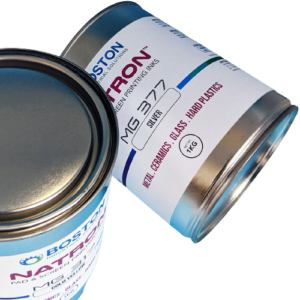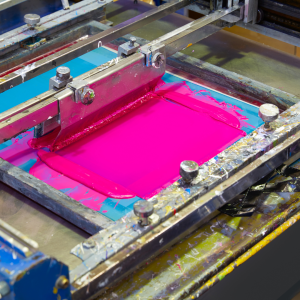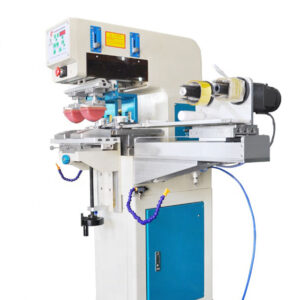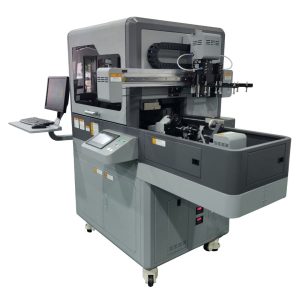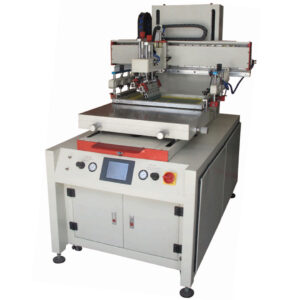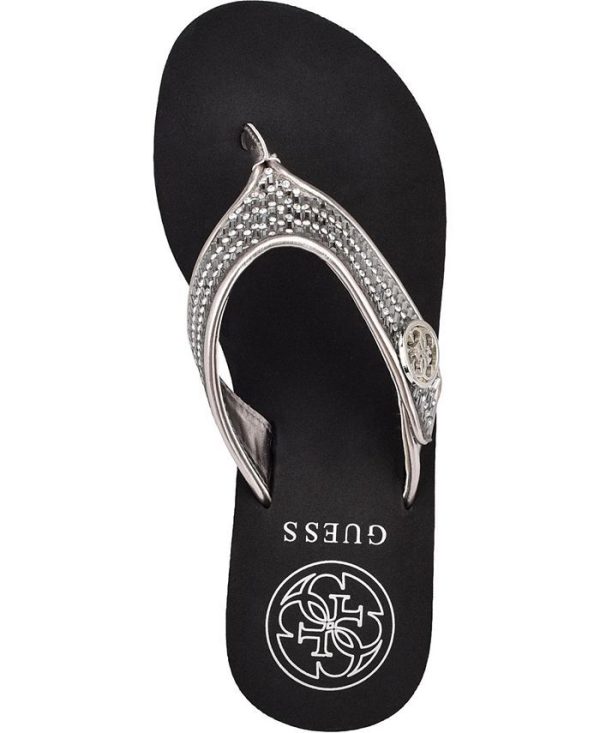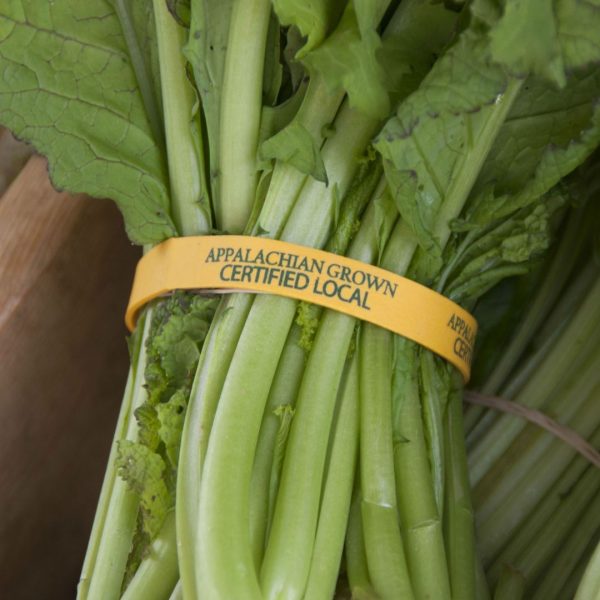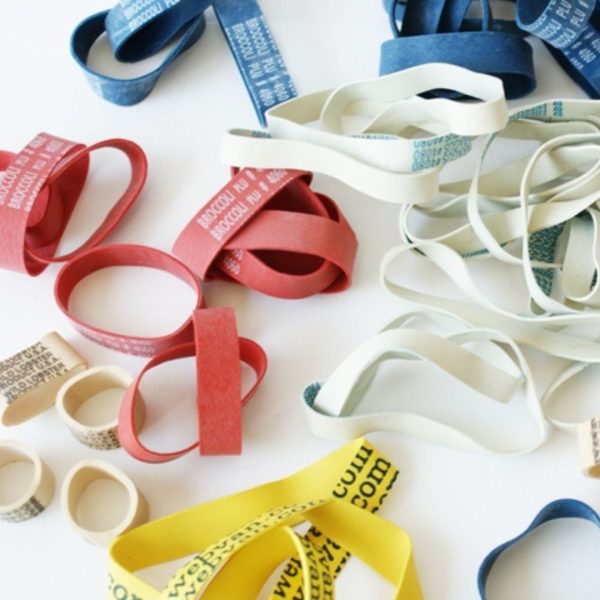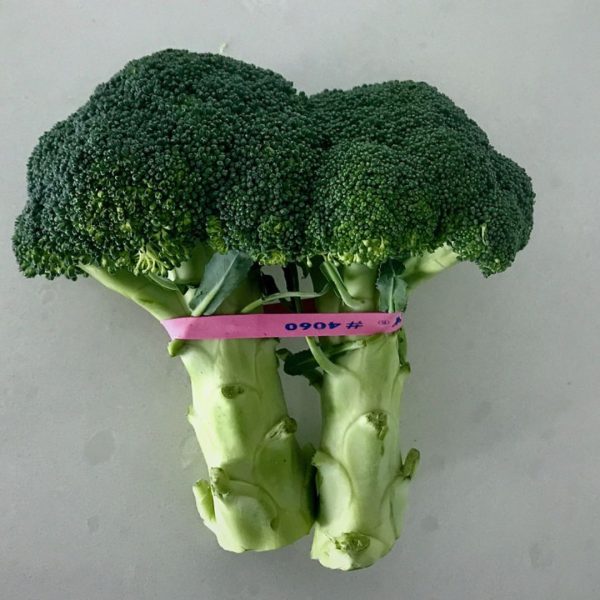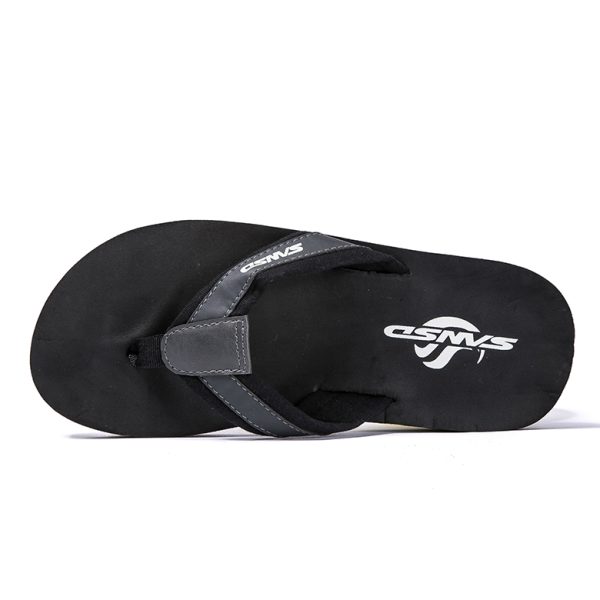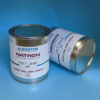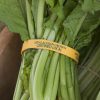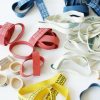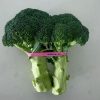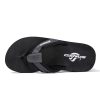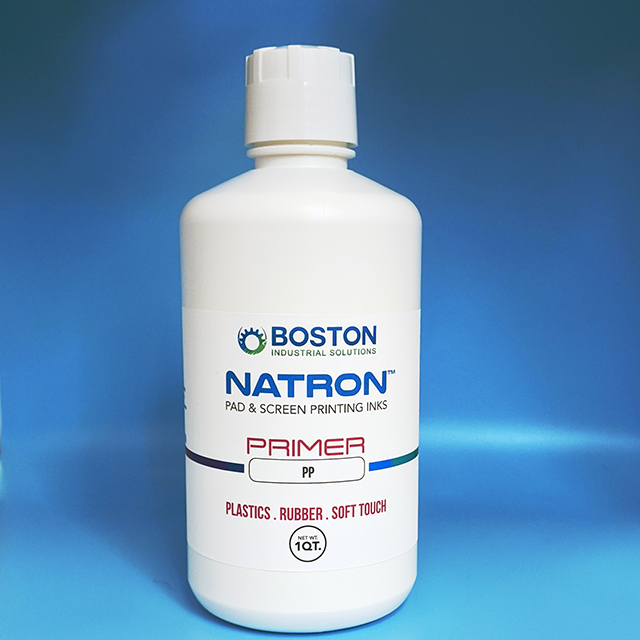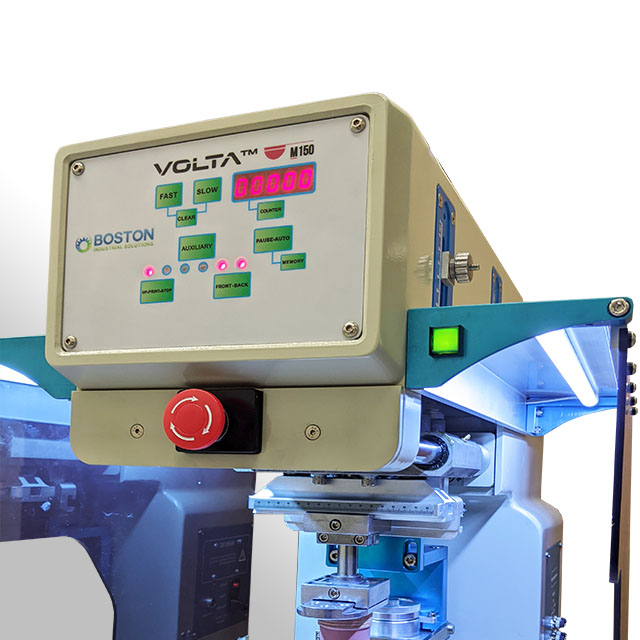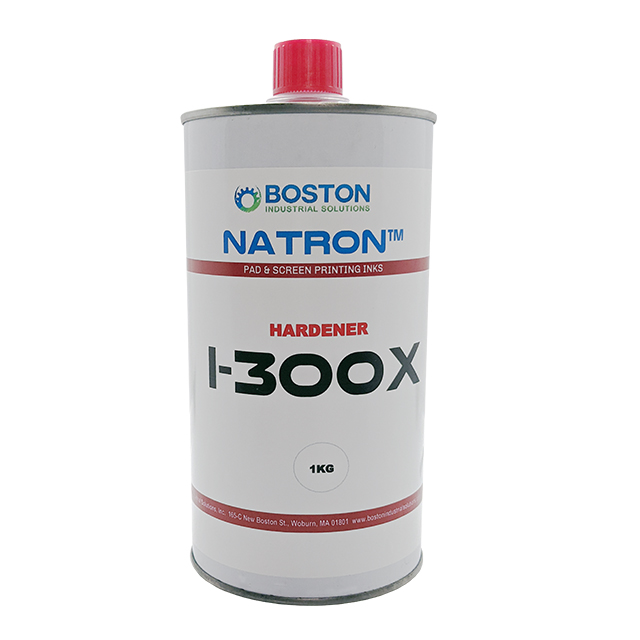SCREEN AND PAD PRINTING INK FOR TEXTILES, EVA, NEOPRENE, NITRILE, AND SYNTHETICS
NxT series pad printing ink is a special one- or two-component ink that sticks well to neoprene, nitrile, nylon, tyvek, latex, Butadyl, PVC, and a variety of other synthetic substrates. It is the perfect ink to print on elastic rubber bands, nitrile gloves, EVA shoe soles, nylon, tyvek, and other rubber-like substrates.
This printing ink is flexible and has a semi-gloss and opacity, making it perfect for rubberized items and fabrics.
In addition, as a 2-component ink, the NxT series provides excellent mechanical and abrasion resistance. To maintain the ink’s flexibility, add only 3% hardener to this printing ink. The NxT Series ink for neoprene is classified as nontoxic. To formulate this ink series, we use high-purity, fade-resistant pigments that are free from heavy metals. This ink series is also compliant with FDA Title 21, Part 177.2600, “Food Contact Compliant.” This makes it an excellent ink for printing on food-grade elastic bands. Safety Data Sheets are available according to US and EU regulations.
NxT Series pad printing ink is available in 23 standard, 2 metallic, and 5 fluorescent colors. Custom colors are available upon request.
- Fast curing
- Flexible
The NxT printing inks for neoprene
This is neoprene printing, simplified. Natron’s NxT Series ink line solves customer printing pain points in the neoprene, EVA, and nitrile printing processes. This is the only ink in the world for printing on these hard-to-print substrates.
Definitions:
According to wikipedia, Neoprene (also known as polychloroprene or pc-rubber) is a family of synthetic rubbers that are produced by polymerization of chloroprene.[1] Neoprene has good chemical stability and maintains flexibility over a wide temperature range.
Neoprene is sold either as solid rubber or in latex form and is used in a wide variety of applications, such as laptop sleeves, orthopaedic braces (wrist, knee, etc.), electrical insulation, liquid and sheet-applied elastomeric membranes or flashings, and automotive fan belts.[2]


